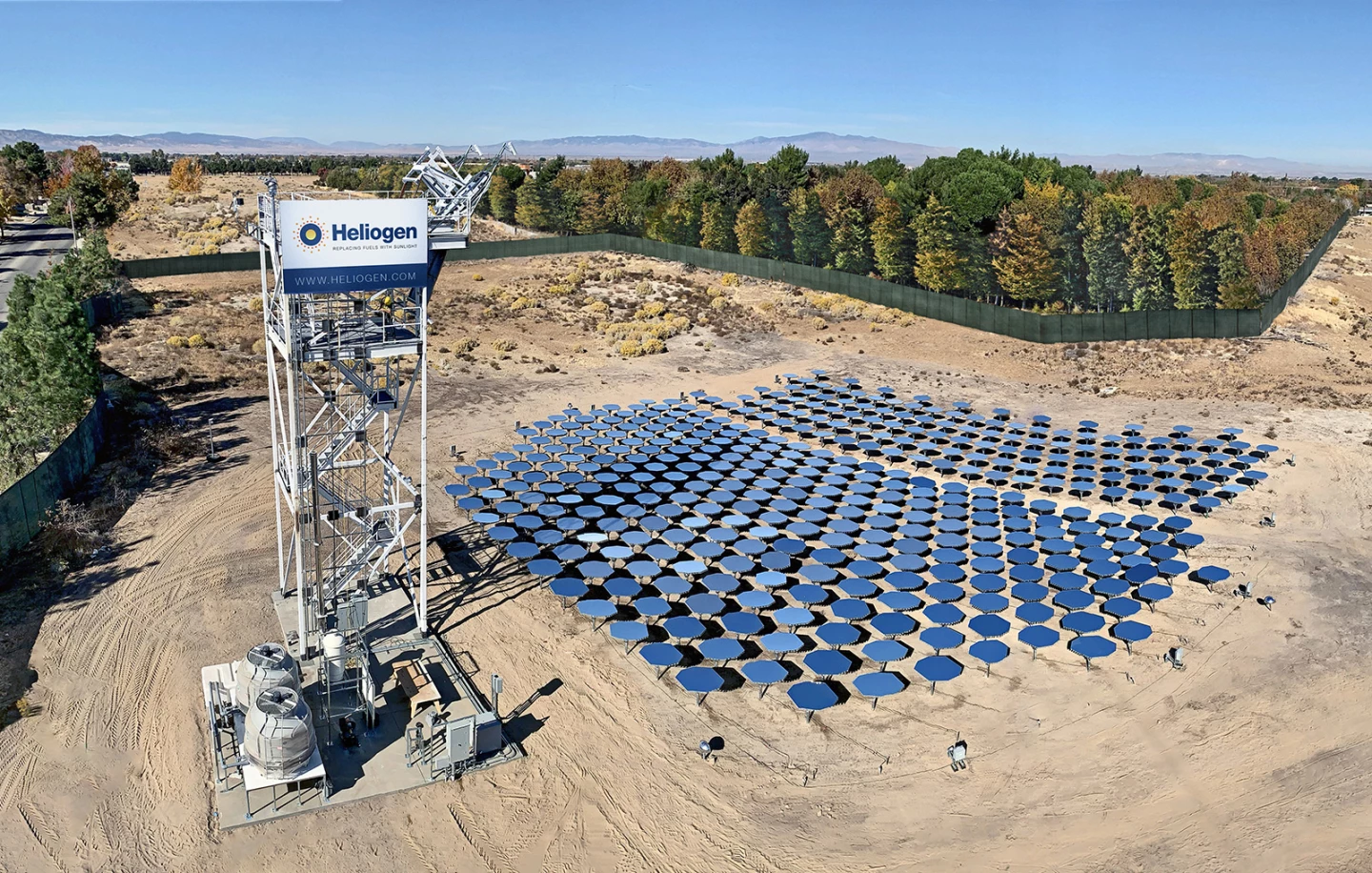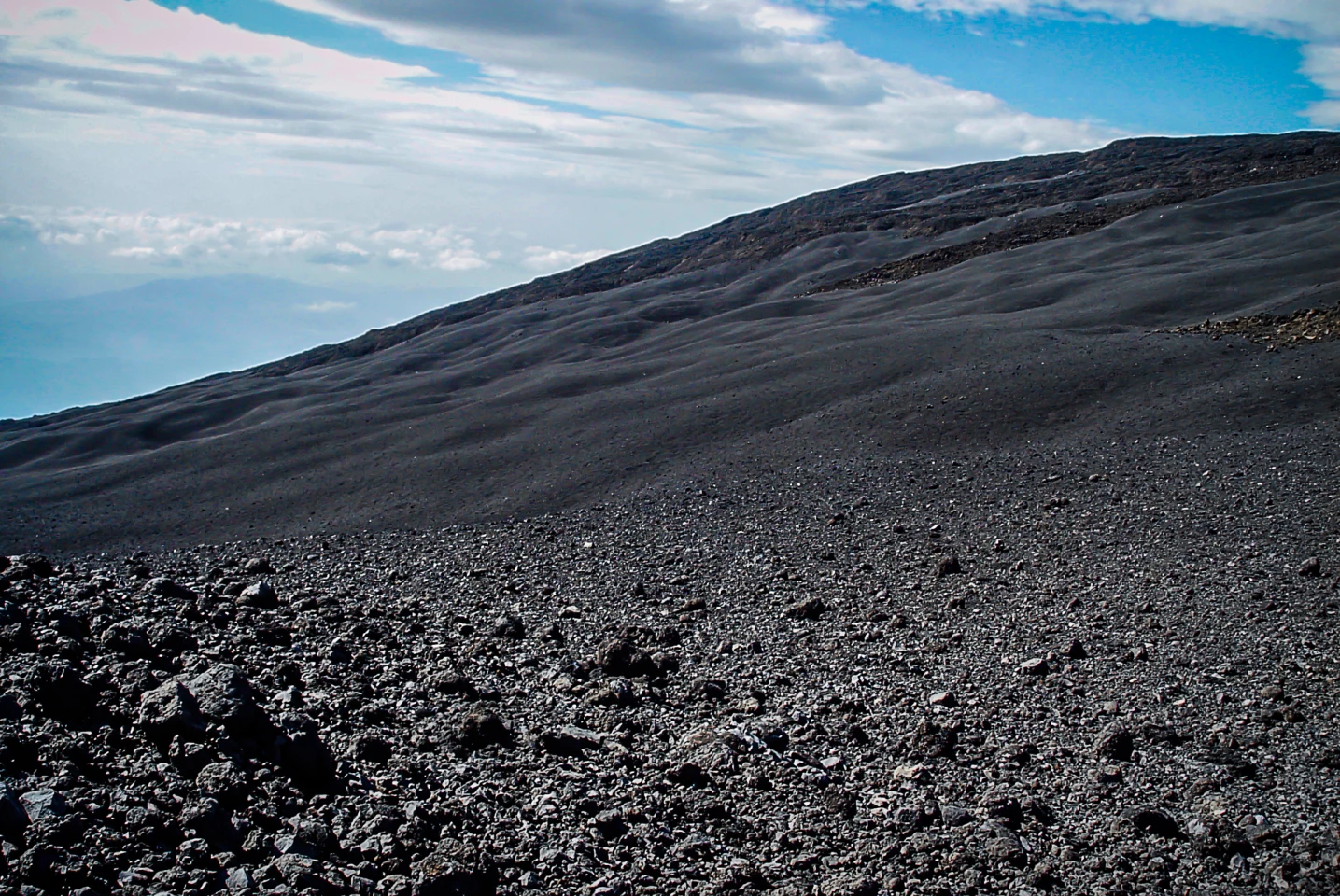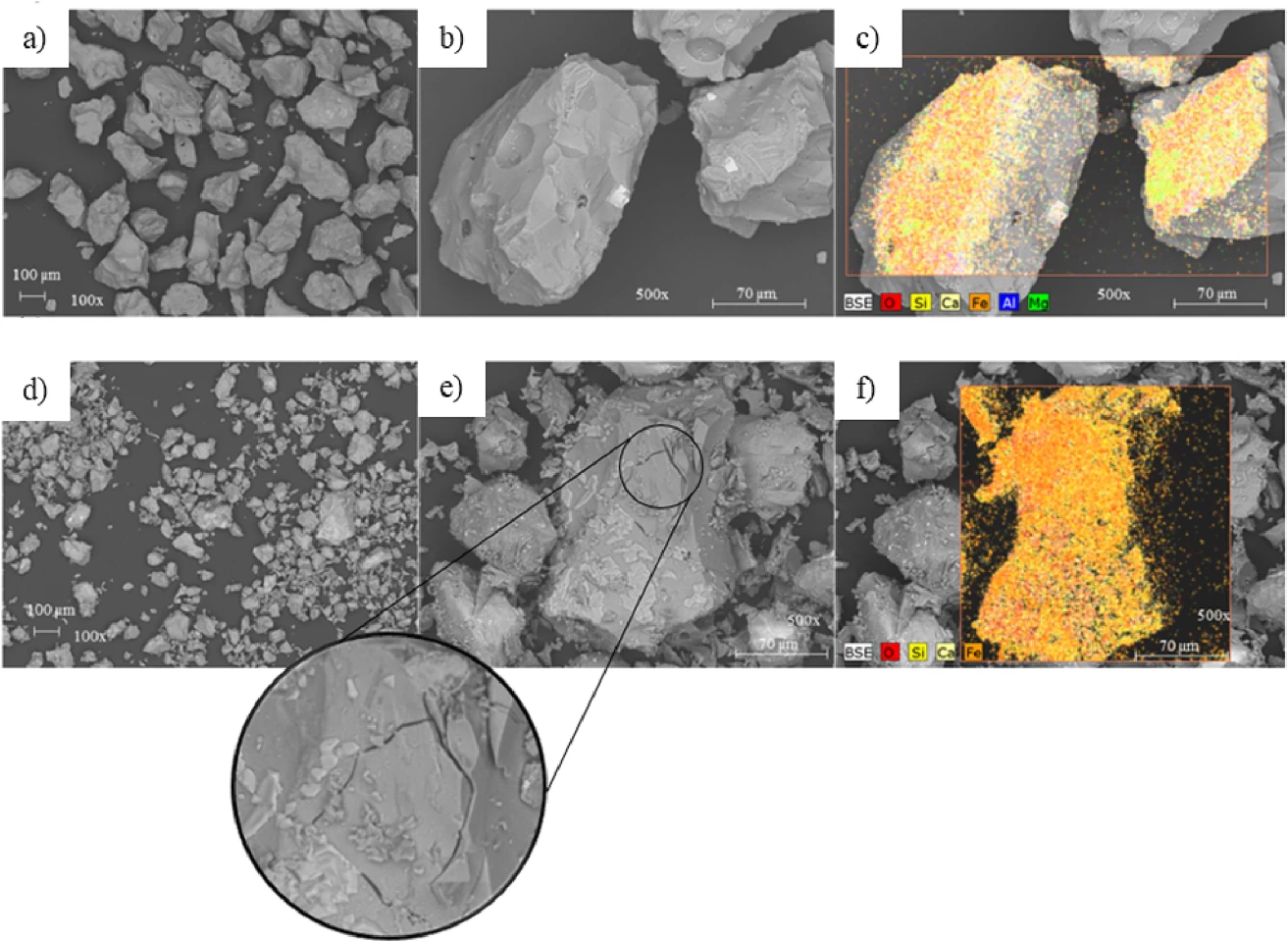It's rarely great news when an area gets blanketed in volcanic ash – but University of Barcelona researchers have discovered it has a rare combination of useful properties, which make it remarkably useful as an energy storage medium.
We've written a number of times about super-cheap thermal energy storage, and a number of other times about highly efficient heat batteries operating at super-high temperatures. The cheapest of these 'brick toasters' use the most abundant of materials, and the most efficient can handle extraordinarily high temperatures using materials like liquid tin and carbon materials – but volcanic ash, as it turns out, might offer a kind of goldilocks proposition in the middle for certain applications.
The key application at the heart of a new study published in the Journal of Energy Storage is concentrated solar power. So, not photovoltaic panels – we're talking those towers out in the desert with huge rows of parabolic mirrors all around them designed to precision-track the Sun and reflect its light toward a single point.

At this point, all those focused beams generate tremendous heat, often well over 1,000 °C (1,832 °F) – it's the poor old 'ant under a magnifying glass' effect amplified to extremes.
That heat can be used directly to produce electricity (often using a steam turbine) – or it can be stored for later use by heating up some kind of thermal battery. Many of these types of installations use molten salts for this purpose, since their thermal properties offer efficient heat storage and recovery at high temperatures.
Molten salts do have significant downsides though; they can be incredibly corrosive, eating away equipment and reducing the service life of an installation. They can also be expensive to produce, and sometimes solidify at lower temperatures, becoming a pain to work with.

Enter volcanic ash. When a single volcano erupted on the island of La Palma, in the Canary Islands, back in 2021, the surrounding area was strewn with a monstrous 200 million cubic meters (that's 7.06 billion cubic feet, or 80,000 Olympic swimming pools in standard journalistic units) of igneous rock and ash waste.
So it's not in short supply. Indeed, a lot of volcanic ash goes into civil engineering projects as low-cost bulk. But the Barcelona researchers wanted to test its potential as a heat storage medium, so they pressed some into pellets and repeatedly heated and cooled these between 250 and 750 °C (480-1,380 °F) over 1,000 cycles.

They found the ash exhibited excellent thermal conductivity and heat capacity, as well as remaining physically and chemically stable, exhibiting just 0.54% mass gain from oxidation through the thousand cycles.
What's more, they found it worked well in conjunction with molten salts. If ash is mixed in with molten salts, it can take the edge off the salts' corrosive effects, while also storing enough heat to mitigate their tendency to solidify – all at low cost. Kept separate in tanks that use molten salts for heat transfer, the ash can do the latter part nearly as well.

It's also appropriate for use as a direct 'open receiver' – an arrangement in which the concentrated solar beams would be directly aimed at a structure built from the ash, allowing super-high temperature operation and high-efficiency heat-to-electricity conversion.
"Volcanic ash from La Palma Island," write the researchers, "has huge potential to be an alternative and sustainable material to be applied [in the] TES field... Offering cost-effective solutions and potential energy storage savings."
The paper is open access in the Journal of Energy Storage.
Source: Via the consistently excellent Recharge News.








